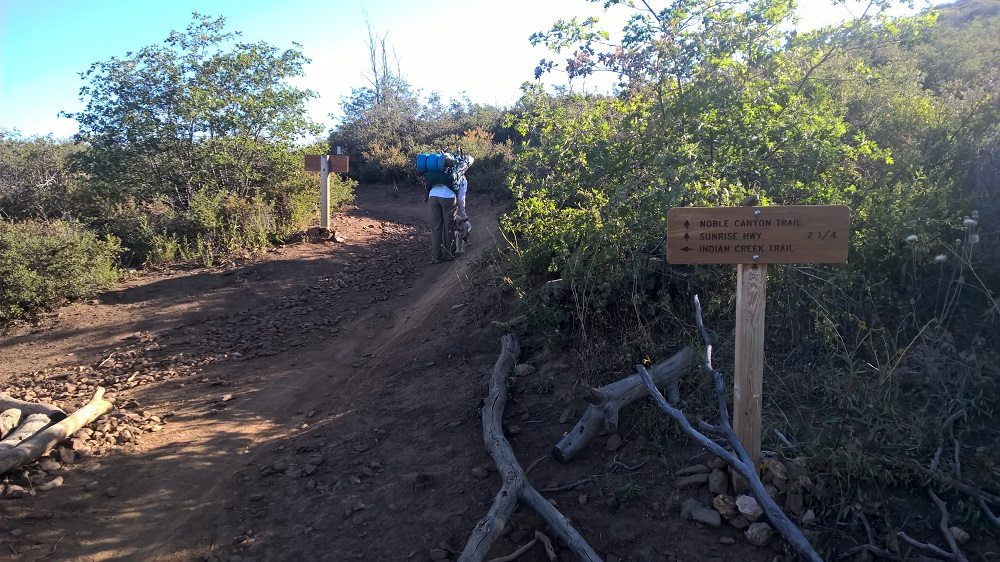
Don’t Get Lost! How to Prepare for It and What to Do If it Happens
Whether you are an experienced hiker or a just getting started, at some point you’ll end up in a position where you’re not quite sure exactly where you are. Trust me, there’s nothing fun about being lost in the backcountry (unless that’s the adventure you’re looking for), but every now and then it happens. Trail markers fall or get covered up – sometimes the trail itself isn’t even clear.
Here’s how to prepare for the eventuality that you might get lost, and how to handle it if you do.
Prepare Yourself for Your Hike
The main reason why hikers get lost is because they’re not prepared. So even before you head out prepare for your hike, make sure you have the essentials:
- First Aid Kit
- Map and compass
- Flashlight with a spare bulb and batteries
- Swiss Army Knife
- Food and water
- Matches (preferably waterproof)
- Nylon cord
- Jacket or a sweater
- Emergency blanket
These essential items will prove to be vital in the case that you do get lost in the backcountry. Being prepared certainly lowers your chances of getting lost but, of course, doesn’t guarantee it.
Let Someone Know Where You’re Going
Before heading out on your trail, be sure to inform someone of your plans. Whoever your emergency contact is should have the following information:
- Where you’re going
- What trail you’re planning on hiking
- How long you plan to be gone
- Who you’re going with
- Any other details that you think might be important
Make sure that they know that if they do not hear from you after a certain point in time they can send help for you. This is also helpful in case you get injured on the trail and are not able to make the way back on your own.
I’m Lost, What Now?
Here’s the first and most important rule of bring lost in the backcountry: STAY CALM
Panicking will only make things worse so sit, take deep breaths, and relax for a few minutes. Consult your map to try and find exactly where you are and try to plan your way back. The act of mentally retracing your steps and mapping your way back to your trail will help put your mind at ease and not panicking.
If, after consulting your map, you come to realize that there is no identifiable route back to the trail, staying put is an option, but only if you’ve informed someone of your plans beforehand. Otherwise, you can start retracing your steps. Be sure to pay attention to your surroundings and look for anything familiar along the way.
To ensure your food and water lasts, it’s a good idea to ration the two. Do not eat or drink it all at once, take it little by little so that it will last for a longer period of time since time is always an uncertainty when you’re lost.
If you can’t manage to find your way back there are a few things that you can do to help improve your chances of either being found or seen by other hikers along the trail
- Light a daytime campfire – the smoke from the fire will help signal anyone near-by.
- Blow on a whistle to try and get the attention of any other hikers who may be around. Most trail packs and backpacks these days are equipped with whistles in the chest strap that can be loud enough to be heard from quite a ways away.
- A small mirror can also be a great signaling tool that can alert passing aircraft or hikers on elevated trails to your presence.
Remember, even long experienced hikers get lost on the trail, it is important to remain calm and act rationally. At the end of the day, this could mean the difference between survival and the alternative.













